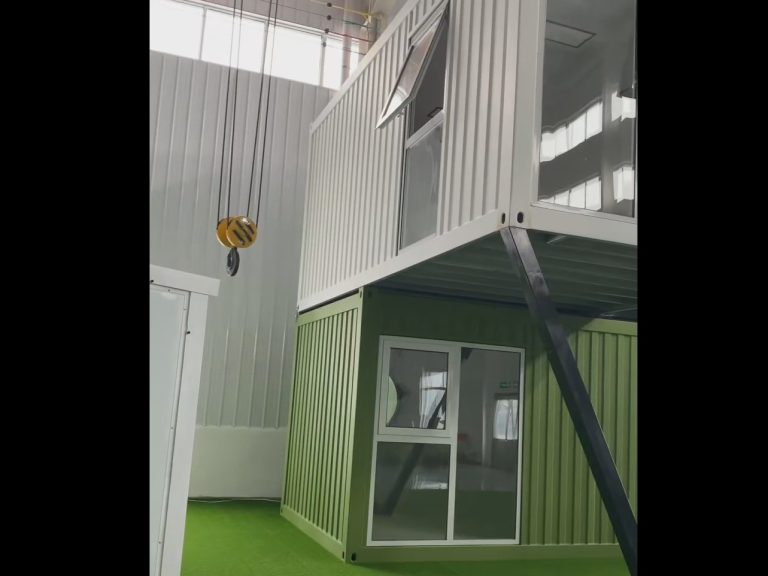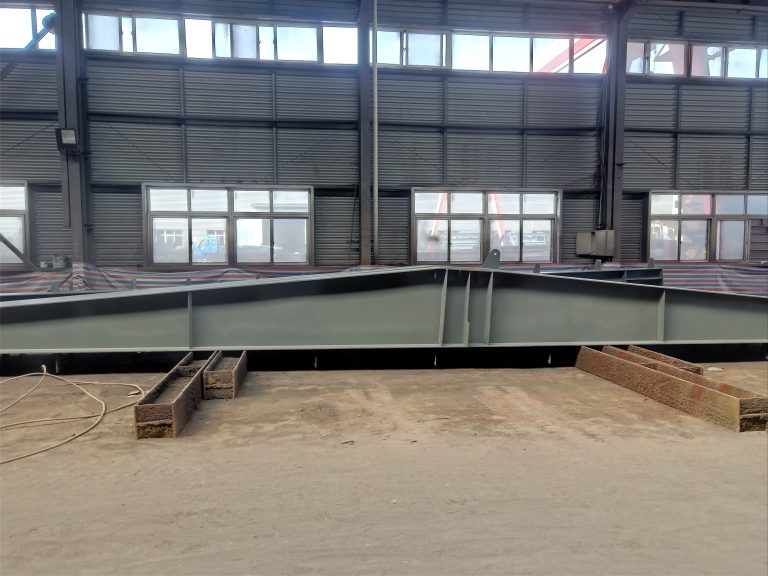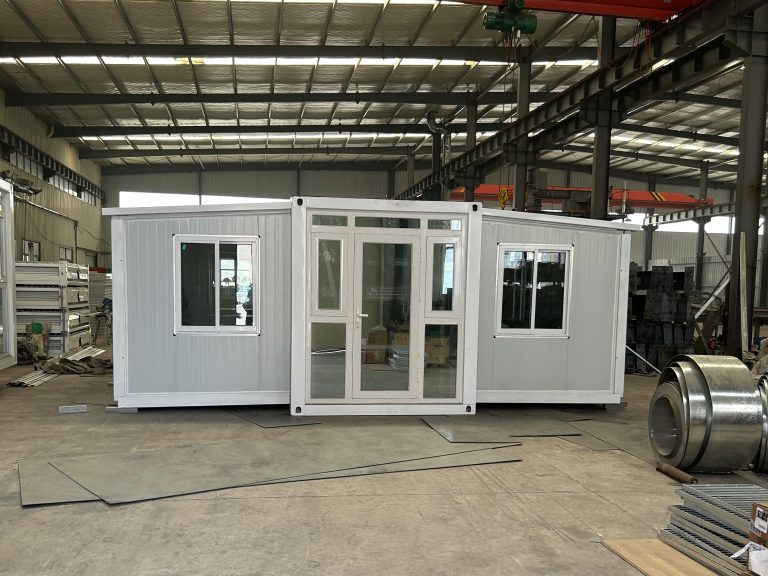Table of Contents
Benefits of Using Advanced Robotics in Sand Blasting Processes for Steel Frame Manufacturing
Sand blasting technology has long been a crucial process in the manufacturing of steel frames. It involves propelling abrasive materials at high speeds to clean, smooth, or shape a surface. Traditionally, this process was done manually, which was not only time-consuming but also labor-intensive. However, with the advancement of technology, the use of robotics in sand blasting has revolutionized the industry.
One of the key benefits of using advanced robotics in sand blasting processes for steel frame manufacturing is the increased efficiency and productivity. Robots are able to work continuously without the need for breaks, resulting in faster turnaround times and higher output. This not only saves time but also reduces labor costs, making the process more cost-effective in the long run.
Furthermore, robots are able to perform the sand blasting process with a higher level of precision and consistency than human workers. This ensures that each steel frame is treated uniformly, resulting in a higher quality end product. The use of robotics also reduces the risk of human error, leading to fewer defects and rework, ultimately saving time and money for manufacturers.

In addition to efficiency and quality, the use of robotics in sand blasting processes also improves worker safety. Sand blasting can be a hazardous process, exposing workers to harmful dust and fumes. By automating this process with robots, manufacturers can protect their employees from potential health risks and create a safer work environment.
Another benefit of using advanced robotics in sand blasting processes is the ability to customize and optimize the process for different types of steel frames. Robots can be programmed to adjust the speed, angle, and pressure of the abrasive materials based on the specific requirements of each frame. This level of customization ensures that each frame is treated according to its unique specifications, resulting in a more tailored and efficient process.
Looking towards the future, the development trend of sand blasting technology in steel frame manufacturing is focused on further automation and integration with other advanced technologies. For example, the use of artificial intelligence and machine learning algorithms can help optimize the sand blasting process by analyzing data and making real-time adjustments to improve efficiency and quality.
Additionally, the integration of robotics with 3D scanning and modeling technologies can further enhance the customization and precision of the sand blasting process. By creating digital models of steel frames and simulating the sand blasting process, manufacturers can identify potential issues and optimize the process before it is carried out in the real world.
Overall, the innovative application of robotics in sand blasting processes for steel frame manufacturing offers numerous benefits, including increased efficiency, quality, worker safety, and customization. As technology continues to advance, the future development trend of sand blasting technology in this industry is focused on further automation and integration with other advanced technologies. By embracing these advancements, manufacturers can stay ahead of the curve and continue to improve their processes for years to come.
Exploring the Potential of Artificial Intelligence Integration in Sand Blasting Technology for Enhanced Efficiency and Precision
Sand blasting technology has long been a crucial process in the manufacturing of steel frames. It involves propelling abrasive materials at high speeds to clean, smooth, or shape a surface. This technique is essential for removing rust, paint, and other contaminants from steel surfaces, ensuring a clean and smooth finish. Over the years, advancements in sand blasting technology have led to increased efficiency and precision in steel frame manufacturing.
One of the most exciting developments in sand blasting technology is the integration of artificial intelligence (AI). AI has the potential to revolutionize the way sand blasting is carried out, making the process more efficient and precise than ever before. By using AI algorithms to analyze data and make decisions in real-time, manufacturers can achieve higher levels of accuracy and consistency in their sand blasting operations.
One of the key benefits of integrating AI into sand blasting technology is the ability to optimize the process for each specific application. AI algorithms can analyze factors such as the type of abrasive material being used, the speed and pressure of the blasting equipment, and the condition of the steel surface to determine the most effective blasting parameters. This level of customization ensures that each steel frame is blasted with the optimal settings, resulting in a higher quality finish and reduced material waste.
Another advantage of AI integration in sand blasting technology is the ability to automate certain aspects of the process. By using AI-controlled robotic arms or drones to carry out the blasting, manufacturers can reduce the need for manual labor and improve worker safety. This automation also allows for round-the-clock operation, increasing production efficiency and reducing lead times.
In addition to improving efficiency and precision, AI integration in sand blasting technology can also enhance quality control measures. AI algorithms can analyze the surface of the steel frame before and after blasting to detect any defects or inconsistencies. This real-time monitoring allows manufacturers to make adjustments on the fly, ensuring that each steel frame meets the required quality standards.
Looking ahead, the future development trend of sand blasting technology in steel frame manufacturing is likely to focus on further integration of AI and other advanced technologies. For example, the use of machine learning algorithms could enable sand blasting equipment to learn from past blasting experiences and continuously improve its performance over time. This self-learning capability would result in even greater efficiency and precision in the blasting process.
Another potential development trend is the use of augmented reality (AR) technology to enhance the sand blasting process. By overlaying digital information onto the physical environment, AR can provide operators with real-time feedback on blasting parameters, surface conditions, and quality control measures. This visual guidance can help operators make more informed decisions and achieve better results in their sand blasting operations.
Overall, the innovative application and future development trend of sand blasting technology in steel frame manufacturing hold great promise for improving efficiency, precision, and quality control. By integrating AI and other advanced technologies into the sand blasting process, manufacturers can achieve higher levels of productivity and consistency, leading to better outcomes for their products and customers. As the industry continues to evolve, we can expect to see even more exciting advancements in sand blasting technology that will further enhance the manufacturing process.






